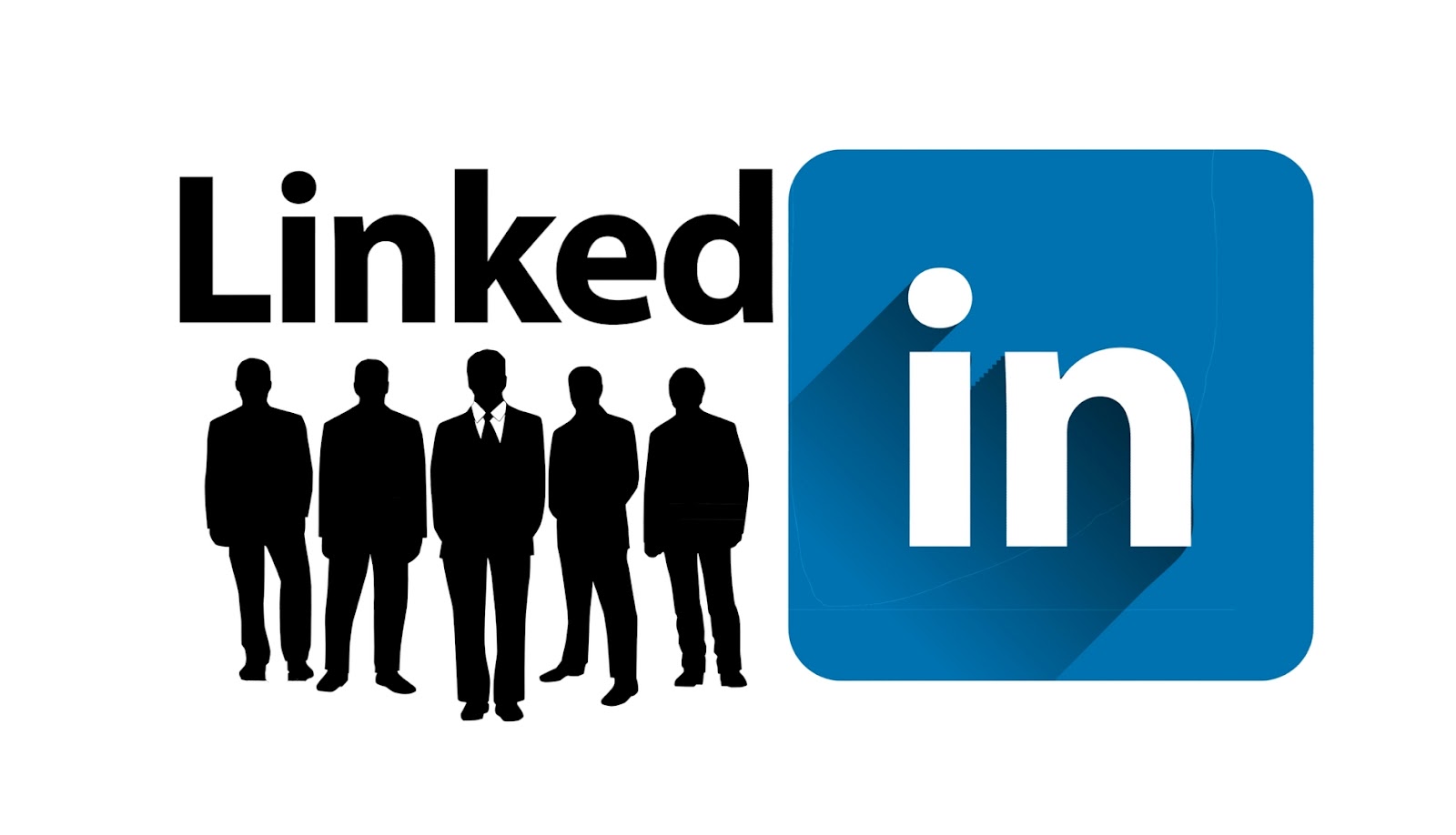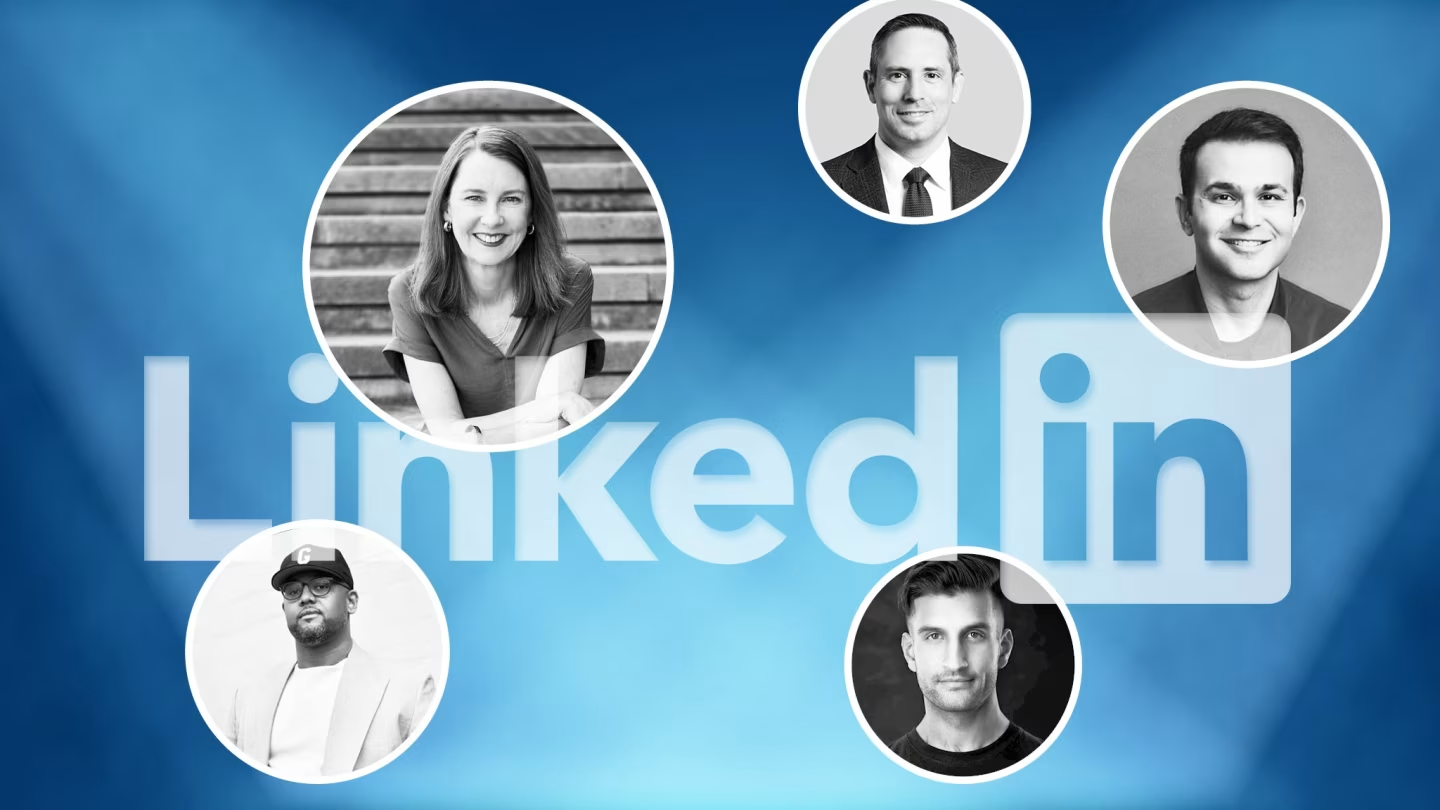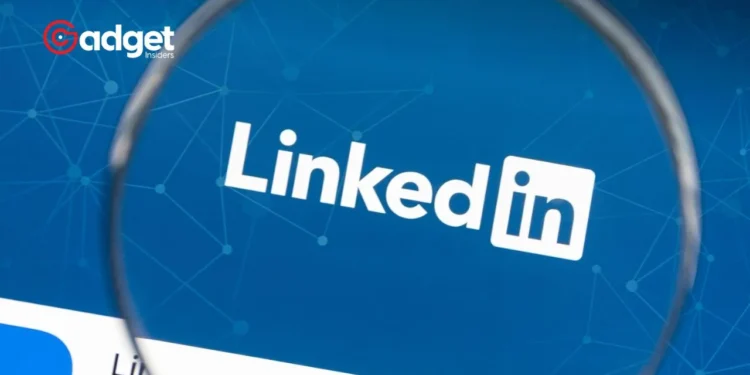LinkedIn, the professional networking platform owned by Microsoft, is taking a bold step into the influencer marketing arena. This strategic move is designed to leverage its considerable user base of 1 billion to rejuvenate its income streams, which have shown signs of stagnation since 2022.
With its newly introduced “Thought Leader” ads, LinkedIn aims to amplify the impact of users with significant followings by promoting their posts more broadly.

While influencer marketing has long been the domain of platforms like Instagram and TikTok, LinkedIn’s entry signifies a new chapter. Although currently, it only represents about 4% of the U.S. social media marketing spend, amounting to $4.5 billion, the growth potential is significant.
The shift towards influencer marketing on LinkedIn reflects a broader trend where companies are eager to exploit more specialized and professional environments to reach their target audiences.
LinkedIn: Targeting Professional Audiences with Precision
LinkedIn’s unique value proposition lies in its ability to offer advertisers unmatched access to professional demographic data. This capability allows for extraordinarily targeted advertising strategies, particularly appealing to B2B marketers.
As Brendan Gahan, a noted social media strategist, points out, the expansion of the “Thought Leader” advertising model opens new doors for firms to promote posts with the original author’s approval, thus fostering a new level of engagement and reach.
Influencer Marketing has been effective in TikTok and Instagram.https://t.co/zMDoPC1ODn
— Tech Times (@TechTimes_News) April 14, 2024
The appeal of LinkedIn for advertisers, especially those in the B2B sector, extends beyond just targeted demographics. The platform is known for its brand safety and the quality of its first-party data, which are crucial for companies looking to generate high-quality leads despite the higher costs associated with advertising on the network.
The introduction of “Thought Leader” ads not only helps humanize B2B companies but also significantly boosts customer engagement and enthusiasm by presenting brands in a more relatable and personal manner.

A New Hub for News and Insights
Recent studies, including a November survey by Pew, underscore LinkedIn’s evolving role as a significant news source, with about a quarter of its users turning to the platform for their news updates.
This shift is indicative of the company’s transformation from a pure professional networking site to a more content-focused hub, appealing to a user base that is predominantly under 49, liberal, and equally distributed across genders.
This transition is further supported by the brand’s ongoing efforts to enrich its offerings for content creators and publishers.
Over the past decade, it has introduced features like a podcast network, native newsletters, and a premium subscription tool, which have cemented its position as a versatile platform not only for networking but also for comprehensive professional content dissemination.

The Broader Social Media Landscape and Potential TikTok Ban
LinkedIn’s strategic pivot occurs amidst discussions about a potential TikTok ban in the U.S., which could significantly alter the digital marketing landscape.
A ban could be detrimental to small businesses and digital marketing agencies that rely heavily on TikTok for audience engagement and brand promotion.
As TikTok faces uncertainty, LinkedIn’s strengthened focus on influencer marketing and enhanced advertising capabilities position it as a viable alternative for businesses looking to diversify their social media strategies.
LinkedIn’s foray into influencer marketing and its enhanced focus on becoming a platform for professional content and news distribution is a calculated attempt to revitalize its business model and maintain its relevance in the competitive social media market.
By tapping into its rich user base and robust data capabilities, LinkedIn is not just adapting to the new norms of digital marketing but is setting itself up as a key player in the evolving landscape of social media.










